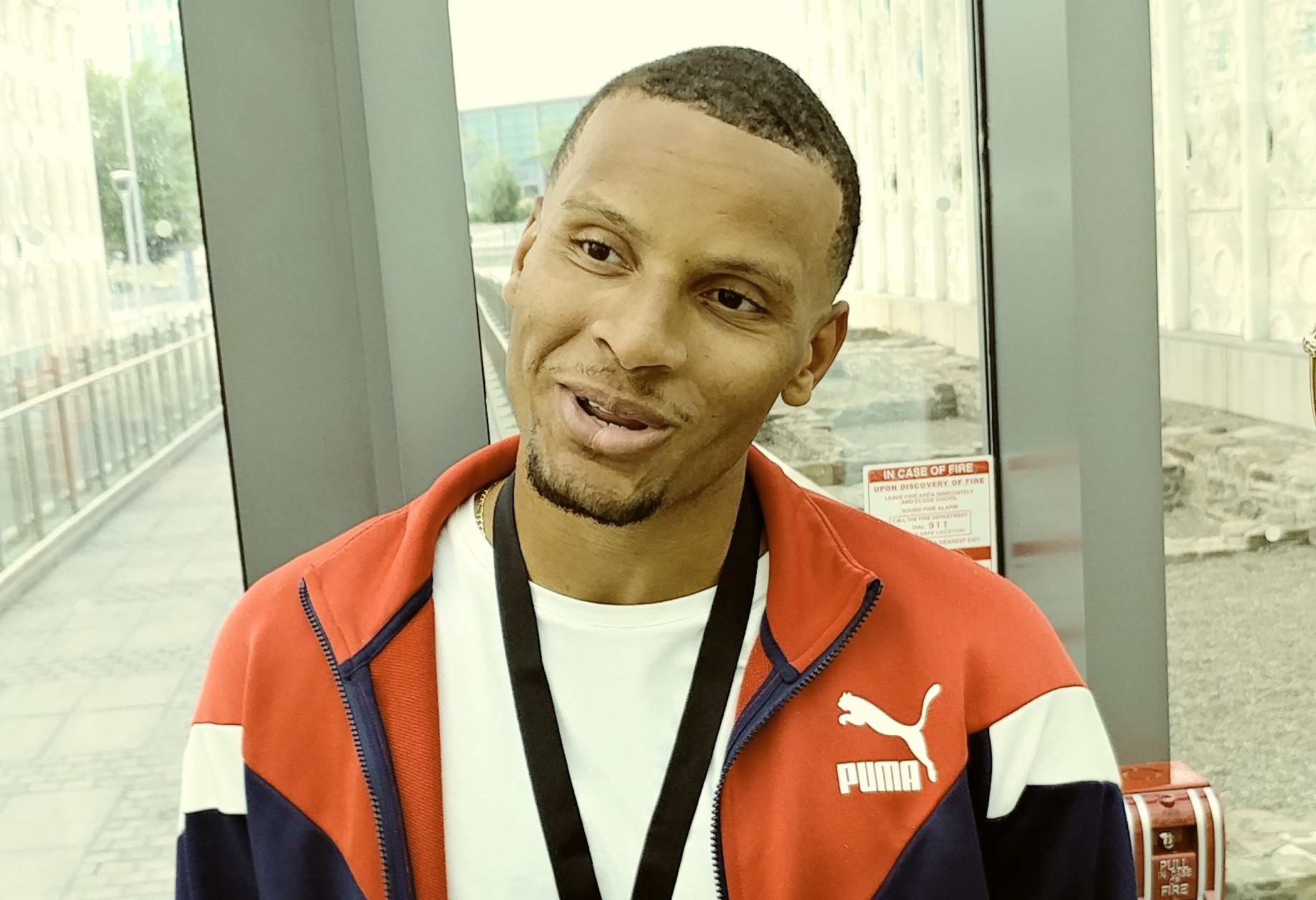The debate about whether advertising is an art or a science has been a part of the industry’s origins. While creativity plays a critical role, in the digital age where marketing is more important than ever, the industry now relies more heavily on hard data.
Zeze Peters may be primed to navigate that debate. Peters’ background is in aerospace engineering, receiving a Master’s of Engineering, Aerospace, Aeronautical and Astronautical Engineering from Cornell University; but he’s spent 15 years developing products and e-commerce platforms. With Beam. city DNA, Peters and his team help businesses plan, automate, and optimize digital ads across the internet.
Recently, Peters spoke with The Edge, A Leader’s Magazine, about the difficulties of founding a start-up and maintaining humanity when dealing with artificial intelligence.
You’ve spoken before about some of the trials and difficulties of an marketing and AI?
I worked on space robotics, but after that, I spent a decade building and releasing over 1,100 products. So, my transition from aerospace to digital marketing has been gradual, and I found in all these products that I made, we would always run into some manual task when it came to the actual growth step — the actual step of making revenues. I decided, “Why don’t we automate as much as possible here, to make growth very easy?” And that’s why we built our company.
Companies often boast about the accuracy of their AI to predict trends in marketing. What’s the best way to still account for the human factor?
I think anybody who hyper-focuses on the ability of the system to predict trends misses the human factor. I think, for almost every business, the human factor is the most important piece because that’s where strategy comes from, just figuring out the playbooks.
Human creativity is unbeaten in our ability to think up new coherent or incoherent ideas or images for what we’ve got to offer, and make it interesting to other humans.
You’ve spoken before about some of the trials and difficulties of an early start-up. Can you talk a little about the challenges you faced? What advice might you have for future entrepreneurs at that stage?
I’m an engineer. I did my undergrad in mechatronic systems; I worked on robotics and video games. What you find is, all those are really good at creating solutions to problems, but they’re not particularly great at helping you run a business successfully. Problems include starting the company off without speaking to enough customers upfront.
One of the first companies I worked on, we had to pivot in 30 days once we came out to the market. We found that we had the right solution, but were delivering it in the wrong way. Another problem is, a lot of technical people go out and start a business without selling.
Imagine you spend a year building something after interviewing 20 customers, and at the end of that year, none of those customers committed to you. Business is, building solutions to problems people have, but you also need commitment from the people in the form of payment.
Take me through an average day at Beam.
My day starts usually at 4:30 in the morning. I wake up, and then I have my first meeting with part of our team that is based out in Bangalore. We talk about development, design, support, and then I get about two hours to work on my stuff. Once it gets to about 8 o’clock, I have meetings with my local Toronto team. Then, I have meetings with customers, advisors, or fundraisers. Once my meeting crunch goes, I get back to being able to focus on the things that I want to do, whether it’s making my own outbound sales outreach, creating sequences in communications for clients, or — when I have to — writing software to help our team get over a hump.
What would you say are the most important traits for entrepreneurship?
There are different kinds of entrepreneurs. There are people who build businesses from a lifestyle perspective. They want to have a certain amount of money and live comfortably for themselves and their families, and that’s valid. But there are also start-up entrepreneurs. If you want to be either of the two, the bottom line is, you’ve got to have communication skills. If your customers don’t understand you, if your team doesn’t understand you, you can’t build a team, you can’t get customers, you can’t get investors.
Kenny Hedges | Contributing Writer




















